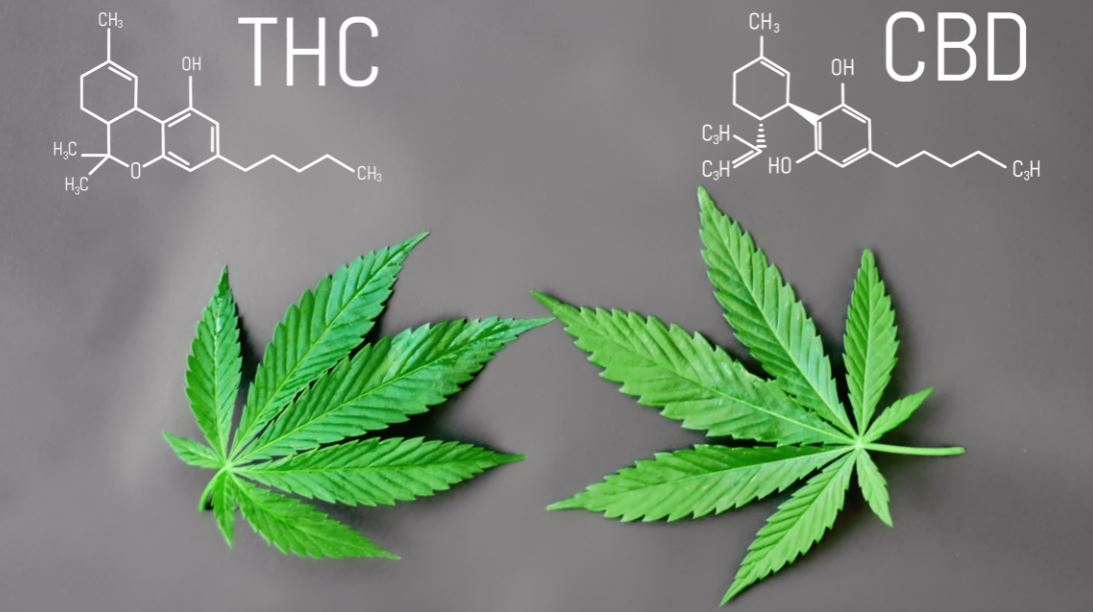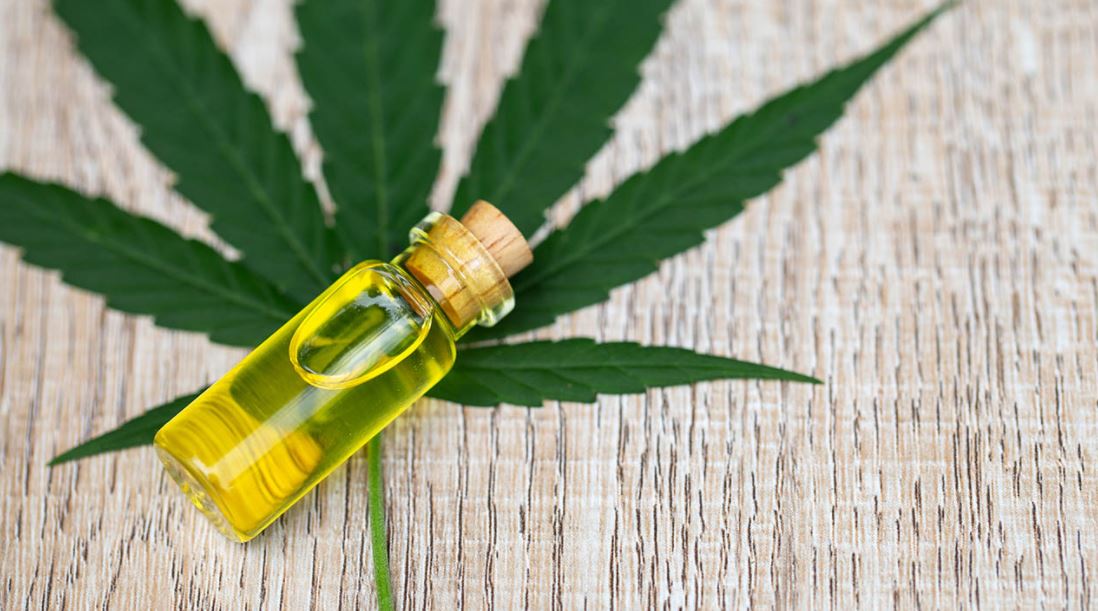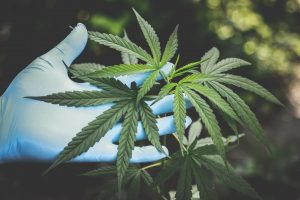CBD is among the many “phytocannabinoids” that make cannabis so unique and give it its strong therapeutic profile. It can help relieve pain, anxiety, and other conditions. CBD products are available online or in pharmacies where the product is legal.
 CBD is closely related to another important phytocannabinoid: tetrahydrocannabinol (THC). The difference is that THC has a psychoactive effect compared to CBD. This means you can get high from using products with THC.
CBD is closely related to another important phytocannabinoid: tetrahydrocannabinol (THC). The difference is that THC has a psychoactive effect compared to CBD. This means you can get high from using products with THC.
How CBD Works
To understand how it works in the body, it is helpful to orient yourself on the human endocannabinoid system. Various research results have shown that CBD and the human endocannabinoid system react positively with each other.
According to studies, CBD affects the CB1 receptor, two vanilloid receptors, the glycine receptor, and the 5-HT1A receptor, among other things. Additionally, CBD has antioxidant properties and acts on adenosine signaling. In this chapter, we present the most important modes of action:
CBD and the CB1 Receptor
CBD interacts with the CB1 receptor in the stem endocannabinoid – and can therefore counteract the side effects of THC, among other things. Furthermore, CBD can inhibit the formation and absorption of the endocannabinoid anandamide in the cells of the body, which paradoxically leads to an increase in anandamide.
CBD and Vanilloid Receptors
CBD stimulates type 1 and type 2 vanilloid receptors. In addition, with the vanilloid 2 receptor, CBD can contribute to the development of autophagy (a form of cell destruction). Animal research conducted on mice also show that Cannabdiol can relieve neuropathic and inflammatory and pain when it comes into contact with glycine receptors. This lowers the excitability of the nerve cells and reduces pain.
CBD and Adenosine
Adenosine blocks, among other things, the release of neurotransmitters such as dopamine and noradrenaline. In addition, adenosine dilates blood vessels.
CBD Oil Ingredients
 CBD oil offers the human body many valuable ingredients – some of these nutrients are actually essential for life (and cannot always be produced by the body itself). Some of the key components you will find in CBD include cannabinoids, terpenes, vitamins, Gamma-linolenic acid, omega-3 and omega-6 fatty acids, minerals and trace elements, carotenoids, and chlorophyll.
CBD oil offers the human body many valuable ingredients – some of these nutrients are actually essential for life (and cannot always be produced by the body itself). Some of the key components you will find in CBD include cannabinoids, terpenes, vitamins, Gamma-linolenic acid, omega-3 and omega-6 fatty acids, minerals and trace elements, carotenoids, and chlorophyll.
Cannabinoids are natural compounds of the Cannabis Sativa plant. Of the more than 480 different compounds, around 80 are known as cannabinoids. The best known of these compounds is delta-9-tetrahydrocannabinol (Δ9-THC) – which is the main psychoactive ingredient in cannabis. Cannabidiol (CBD) is also an important component, which makes up about 40% of the plant resin extract.…

 If you are looking for hemp oil for your dog, you might have heard of it from someone, perhaps a friend. The most helpful way to get the best hemp oil products for your dog is to ask a person you know. They will give you adequate information, and you can ask various questions to find out more. When you ask people around you, they can tell you the pros and cons of particular suppliers. They will also be able to tell you how effective the hemp oil products were on their dog. It gives you more insight and helps you come up with a decision much faster.
If you are looking for hemp oil for your dog, you might have heard of it from someone, perhaps a friend. The most helpful way to get the best hemp oil products for your dog is to ask a person you know. They will give you adequate information, and you can ask various questions to find out more. When you ask people around you, they can tell you the pros and cons of particular suppliers. They will also be able to tell you how effective the hemp oil products were on their dog. It gives you more insight and helps you come up with a decision much faster. You may not know anybody who has used hemp oil on their pets, and you could have heard of this product from the internet. There is a lot of information online about hemp oils for dogs, and it can lead you to the best product for your dog. When searching online, there are some details you need to pay attention to before settling on anything. Find the brand that has the best quality hemp oil products and compare them with others. Look for customer reviews and see whether the customers are satisfied or not.
You may not know anybody who has used hemp oil on their pets, and you could have heard of this product from the internet. There is a lot of information online about hemp oils for dogs, and it can lead you to the best product for your dog. When searching online, there are some details you need to pay attention to before settling on anything. Find the brand that has the best quality hemp oil products and compare them with others. Look for customer reviews and see whether the customers are satisfied or not.